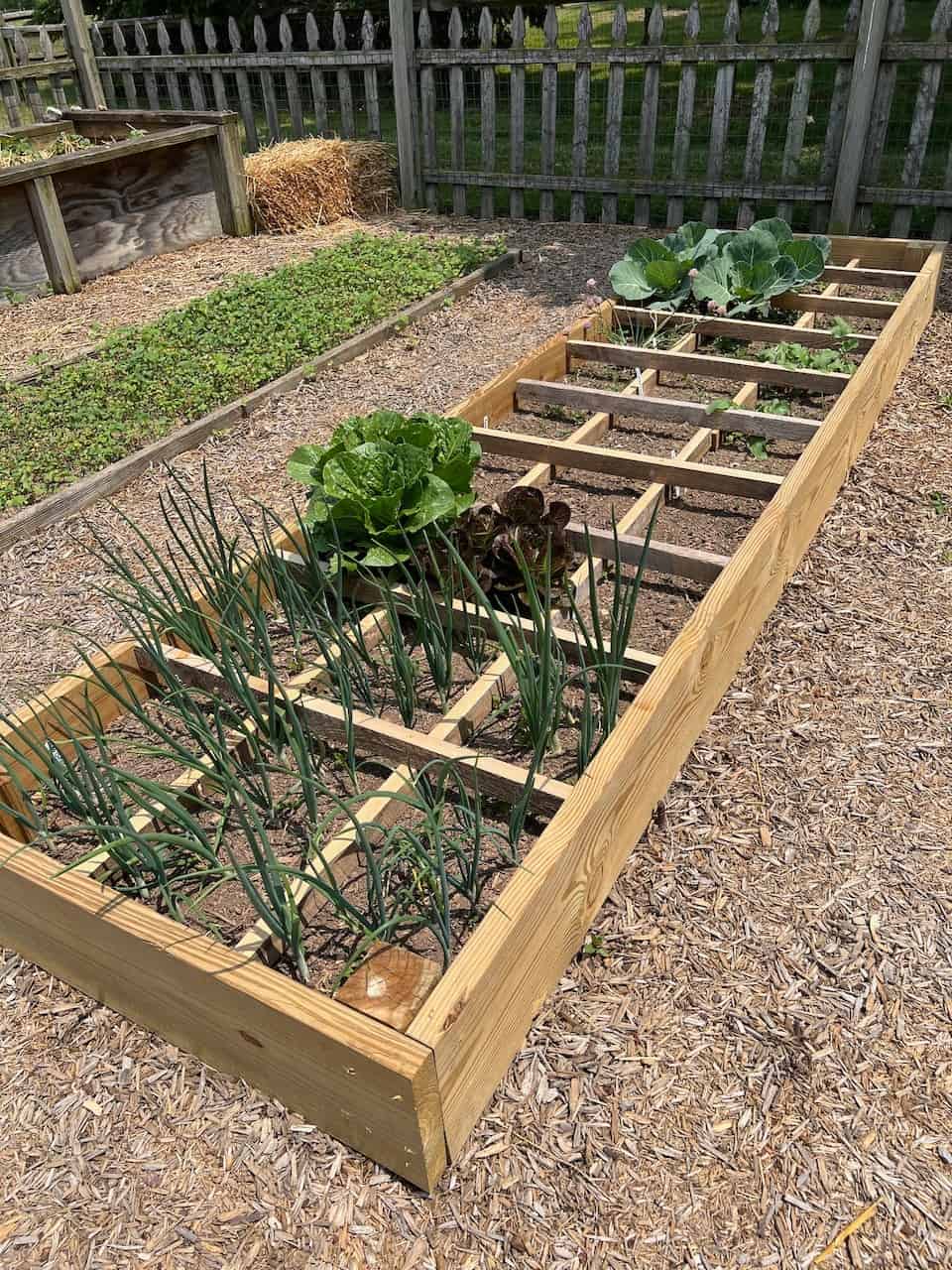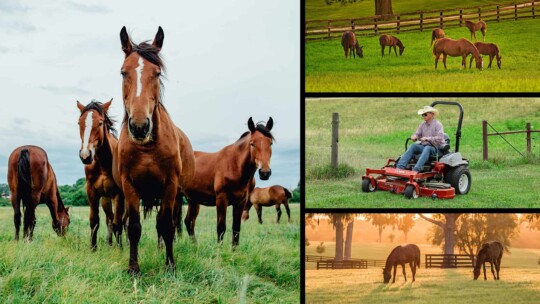For us garden enthusiasts, the best time of year is right around the corner: planting season! As the days get longer and the sun intensifies, we all eagerly await the day we can get our hands back into the dirt. In the meantime, early spring is a great time to plan your raised garden bed for springtime.

Raised Garden Bed Maintenance
Raised garden beds require less maintenance in the spring. Once the soil warms, very little prep is needed to plant. Turning the soil is not advised, as it can lead to compaction, reduced organic matter, and reactivated weed seeds. As you prepare your beds for planning, weeds are best hand-pulled.
If you planted a cover crop over the winter, cut back or kill and incorporate the cover crop into the soil to speed up the decomposition process. Cover crop residue can provide a beneficial mulch on your raised beds year-round. An inexpensive soil thermometer is also a helpful tool to have on hand to determine when it’s “go time.” Plant cold season crops when the soil is 50 degrees and rising, and summer crops when the soil is 65 degrees.
The Benefits of Raised Garden Beds
A raised garden bed provides many benefits, including space management, better drainage, appropriate soil, ease of management and maintenance, and warmer soil for a longer growing season. While space limitations may be a constraint for raised bed gardening, there are many ways to maximize your growing potential in raised beds for fruitful harvests!
Plant Species Selection

Select plant species wisely. When selecting your seeds or plants, consider vertically growing or bush varieties. Many species can be grown vertically or have compact hybrid varieties that are intended for small spaces. Growing vertically, along with saving real estate in your garden bed, allows for better air flow, preventing mildew and other diseases.
To utilize the most of your vertical space, consider growing vine varieties on trellises or supports. Plants that can be grown vertically or in compact bush varieties include: green beans, peas, cucumbers, peppers, melons, pumpkins, tomatoes, summer squash, and even some leafy greens. Plants that take up too much horizontal space are less ideal for raised bed gardening. These plants include: potatoes, asparagus, corn, watermelons, perennial flowers, and lemon balm or mint—which all take up significant horizontal space to grown, and/or require row planting.
Raised Bed Layout
There are many options to consider when laying out your raised beds. In general, avoid compacting the soil. Work from outside the garden when planting, weeding, and watering.
- Square foot gardening: This method makes use of every inch of real estate. A lattice grid is often utilized to map out and plant the garden into neat blocks—allowing each of its own species to be managed individually. Instead of traditional rows, square foot gardening utilizes densely planted, deep square-foot plots. Dense planting helps to retain soil moisture and shades out weeds; however, poor air circulation can lead to disease (such as mildew) if leaves cannot dry out. Square foot gardening is great for beginner gardeners and for growing a lot in limited space.
- Row seeding: Planting in rows creates a neat layout with room to weed and easily harvest. This method is best for larger raised beds where space is not an issue. Row seeding allows sufficient spacing between plants. Row seeding requires more intensive maintenance, such as weeding.

Post-Planting Maintenance Considerations
Gardening is a labor of love! It will give back what you put into it. Following planting, it is important to keep the garden watered. If you receive sufficient rainfall, watering may be minimal. Ensure the soil stays moist, for seed germination, or establishment of transplanted plants with fragile root systems. Once established, most plants require about 1 in. of water per week, unless your climate is very hot and sunny. During establishment, water every 1-2 days. Watering is best during the daytime to allow leaves time to dry and prevent chance of mildew.
Soil fertility is also important. Cover crops over the dormant season help to cycle organic matter and support soil microbes. However, as raised beds are isolated systems without nutrient inputs, a mid-season fertilizer application is often beneficial. Soil fertility testing is the best way to assess nutrient availability and determine fertilizer needs. Soil test kits can be purchased through your local State University Extension office.
Also, to aid in moisture retention and weed suppression, consider mulching your garden following planting. Mulch can be organic, plastic sheeting, fabric, or even cardboard or newspaper. Garden protection is a final consideration. If you have pests such as deer, groundhogs, rabbits, and squirrels in your area, you will likely need to install fencing to protect your garden. If insect pests pressure your garden, consider additional protection such as netting or coverings that will keep nuisance wildlife out.
Finally, consider the support needs of your plants. For vines or vertically grown plants, set trellises or stakes/poles. It is best to place these at the time of planting, as to not disturb the growing plants and root systems, once established.
Another benefit to raised bed gardening is the ability to change up your planting plans each year. This makes for a great opportunity to try new species, grow new crops, and enjoy the process. Happy gardening!



